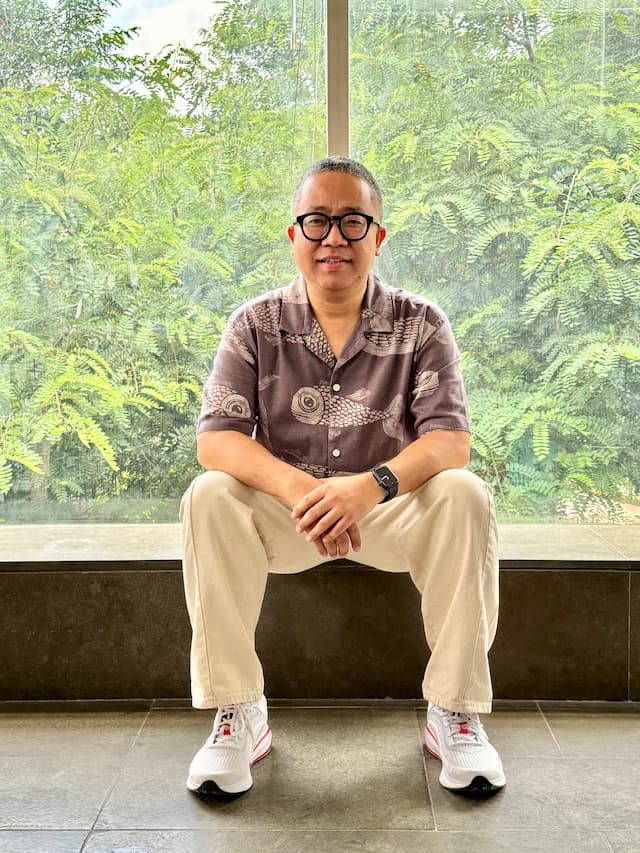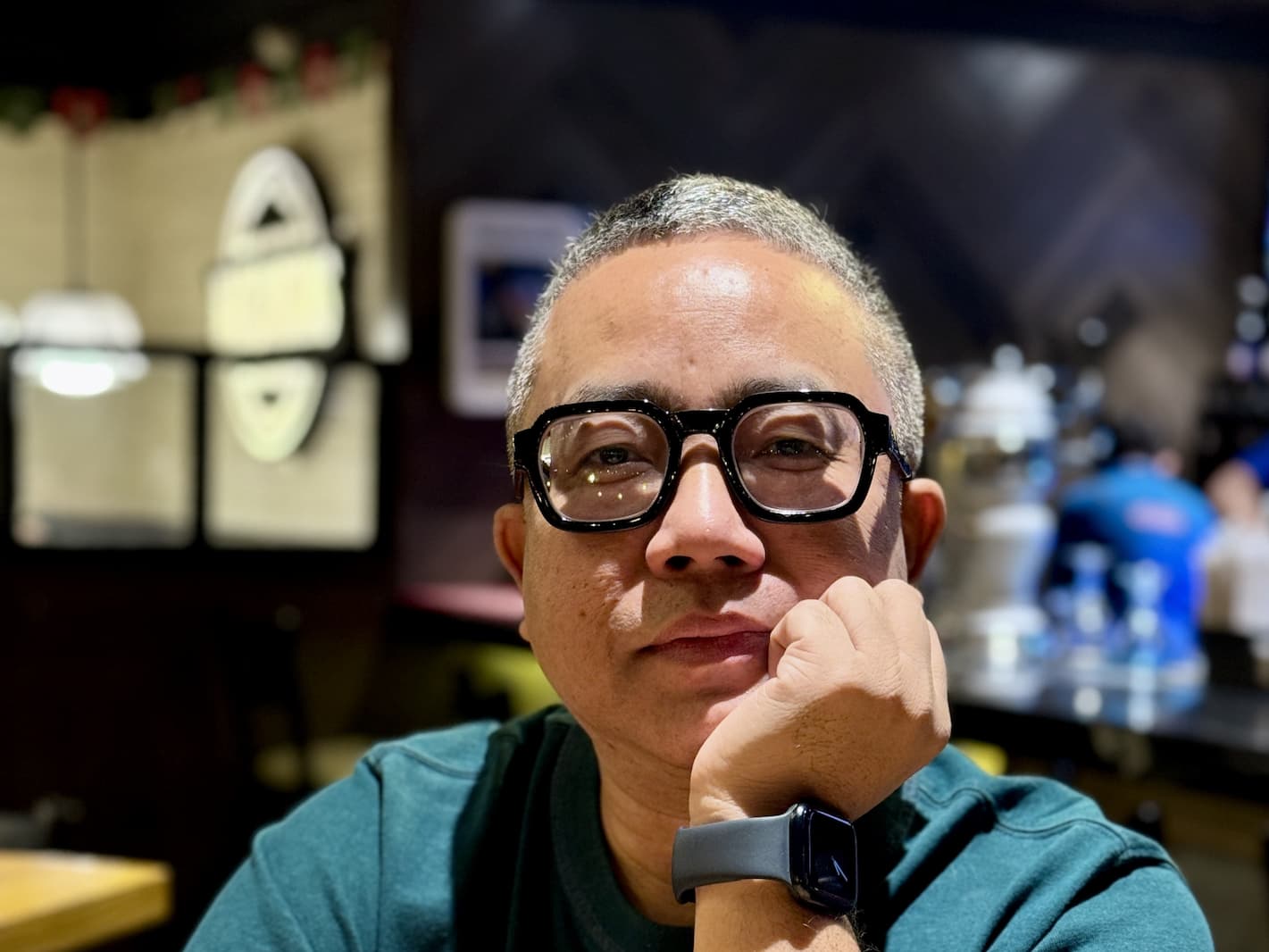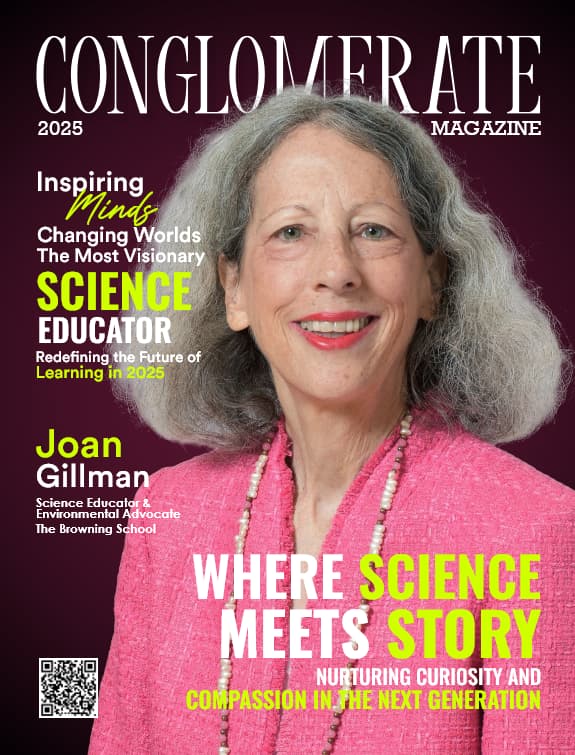Not all creative journeys follow a predictable path. Some unfold across disciplines, through bold transitions, and within the minds of those willing to reinvent themselves while staying true to their core values. Design is not just about aesthetics—it is the bridge that connects brands with consumers, challenges conventional thinking, and creates authentic relationships that last. But design does not transform businesses on its own; it needs visionaries. It needs those who see beyond trends and templates, who understand that building a brand is not just about visibility but about trust, connection, and possibility.
N. Roshan Singh has never been content with conventional boundaries. He does not just implement strategies—he redefines them. From blending traditional Indian craftsmanship with global aesthetics to pioneering AI integration in design workflows, he has always approached both professional and personal challenges with creativity, authenticity, and an unwavering commitment to excellence.
From Fashion Roots to AI Innovation
With over 27 years of experience spanning fashion, textiles, home furnishings, and interiors, Roshan has transformed from a design professional to a recognized creative leader bridging tradition and technology. His journey has been marked by a commitment to innovation that honors heritage while embracing the future—a philosophy that ultimately led to the establishment of Moodboard Design Studio and The AI Design Lab in 2025.
“Moodboard Design Studio was born out of a desire to create a multi-disciplinary strategic design consultancy that bridges global aesthetics with Indian craftsmanship,” Roshan explains. “It brings together design thinking, design and material innovation, and market relevance under one roof, serving fashion, home, and lifestyle brands.”
This foundation in traditional design disciplines provided the perfect platform for his next venture: “The AI Design Lab emerged from my passion for future-forward creativity. As I began experimenting with AI in design workflows, I realized the need to guide other creative professionals through this transition. The Lab was created to coach brands and design teams to embrace AI—not as a replacement, but as a powerful co-creator.”
I also work as a Strategic Design Advisor and AI Creative Consultant with companies, brands, export houses, and design studios to help drive long-term creative and commercial success.
The dual entities reflect his commitment to both heritage and innovation, emotion and intelligence—a balance that has defined his approach to leadership throughout his career.
Leadership Through Empathy and Strategy
Roshan’s leadership philosophy centers on the belief that creativity, when guided by empathy, strategy, and purpose, becomes a transformative force. “I believe in creating a culture of trust where innovation thrives and people feel inspired to challenge norms while staying aligned with a brand’s DNA,” he shares. “As a design leader, my role is not just to guide creative direction but to develop future leaders who can carry that vision forward.”
His approach to balancing creative vision with business objectives is equally methodical. “Design without strategy is art; design with strategy becomes innovation,” he asserts. “Every creative decision I make is mapped to a business goal—whether it’s tapping into new demographics, increasing market share, or elevating brand perception.”
This strategic approach is evident in how he positions design as a growth driver rather than a cost center. By constantly aligning with sales, merchandising, and marketing teams, he ensures design becomes a tool to solve real-world problems. His ability to forecast trends, interpret market insights, understand consumer behavior, and leverage data-driven decision-making has made him an influential voice in the design community.
The challenges of leading design teams, particularly through digital transformation, have tested and refined Roshan’s leadership approach. “One major challenge has been guiding creative teams through digital transformation without losing their artistic soul,” he reflects. “Resistance to AI, fear of redundancy, or discomfort with new tools are natural.”
His solution was to introduce AI in small, non-threatening ways—using it for mood board inspiration or sampling variations—and celebrating the results. Another challenge has been building cohesion in multi-generational teams. “I make it a point to create spaces where young designers feel heard and seasoned ones feel valued,” he notes. “Bridging that gap creates magic.”
Revolutionizing Design Through AI Integration
As the founder of The AI Design Lab, Roshan is at the forefront of integrating artificial intelligence into creative workflows. He sees AI as a revolutionary force that accelerates ideation, enables hyper-personalization, and drives innovation at every stage of the design process.
“In fashion, interiors, and lifestyle products, AI empowers designers to decode market insights, analyze consumer behavior, forecast trends, and generate compelling concepts,” he explains. “It can visualize final product ideas, design fabric prints and embroideries, and even simulate garments and lifestyle products on 3D models—well before a single sample is produced.”
The practical applications that excite him most include text-to-image design ideation, which enables faster feedback loops and broader explorations; trend forecasting and data synthesis that predict emerging patterns far faster than traditional methods; and virtual sampling and mockups that allow brands to visualize products in different colorways and contexts without investing in physical prototypes.
Roshan’s success with AI implementation is exemplified by a project for a global home décor brand. “We leveraged AI to simulate five distinct aesthetic directions. Within just two weeks—what would have traditionally taken six to eight—we created comprehensive visual boards, color palettes, fabric suggestions, product mockups, embroidery layouts, and print and pattern ideas,” he recounts. “The result was a significant reduction in time and cost, while also increasing the conversion rate of selected designs.”
Maintaining the Human Touch
Despite his enthusiasm for AI, Roshan emphasizes the importance of maintaining creativity and human touch. “I remind designers that AI is a collaborator, not a creator,” he says. “While AI can suggest and generate, the final vision, emotional depth, and contextual understanding must come from the human mind.”
He encourages designers to use AI as a sketchpad—not a final artist—and ensures the storytelling, intuition, and tactile sensibilities remain intact. His teams build “human checkpoints” into the workflow where gut feeling, brand alignment, and creative judgment override algorithmic suggestions.
Ethical considerations are equally important in his approach. “Designers must be conscious of how AI models are trained and avoid inadvertently copying or reproducing the work of other artists, designers, or brands,” he emphasizes. “We must treat AI as a collaborator, not as a shortcut to originality. I guide creative teams and students to use AI as a tool for exploration—drawing inspiration, not imitation—and to always credit sources, question outputs, and bring their own creative voice into the process.”
Industry Trends and Cultural Influences
Roshan’s keen eye for trends has identified several exciting developments in the design world: AI-integrated craftsmanship that combines heritage techniques with AI-generated motifs; mood-driven interiors designed for how people feel, not just how spaces look; biophilic and organic design featuring nature-inspired forms and earthy palettes; hyper-personalization created through data and AI insights; and digital-physical fusion that blurs boundaries between virtual and tangible experiences.
His advice to brands hesitant to embrace AI is pragmatic: “Start small but start now. Choose one part of the workflow—like ideation or visualization—and run a pilot with AI. Measure not just speed or cost, but also creative output. Involve your designers early in the process and provide training.” He warns that delay creates competitive disadvantage, adding, “Remember: AI won’t replace creatives, but creatives who use AI will outpace those who don’t.”
Cultural influences and traditional craftsmanship play an integral role in Roshan’s design approach. “Indian culture is rich in stories, art, craft, textile, texture, and symbolism,” he notes. “I always find ways to reinterpret traditional elements—like Kantha, Zardozi, or block printing—into contemporary formats that resonate globally.”
This blend of cultural nuance with modern design language ensures authenticity meets aspiration, whether it’s a textile pattern inspired by tribal art or a digital embroidery technique derived from Mughal motifs. “I see tradition as a source of limitless reinvention,” he affirms.
Mentorship and Education for the AI Era
As a mentor and coach, Roshan identifies three essential skills for emerging designers: storytelling ability, digital fluency (including AI tools and 3D visualization), and strategic thinking that aligns design with business goals. “Great designers today must think like brand builders—aware of markets, consumers, and positioning,” he asserts.
He believes design education must evolve to reflect the tools and mindset of tomorrow. “Curricula should include AI in creative processes, prompt writing as a skill, and courses on ethics in technology,” he recommends. “Institutions should simulate real-world client scenarios, integrate interdisciplinary collaboration, and expose students to hybrid workflows.”
His specific insights for design institutions include integrating AI as a core pillar rather than an optional add-on, collaborating with technology companies to offer real-time case studies and hands-on access to AI platforms, and including ethical frameworks so students understand how to use AI responsibly.
Roshan fosters a culture of innovation and continuous learning by leading through personal example. “I lead by learning—because I truly believe that the best leaders are also the most committed learners,” he shares. “I make it a point to stay curious, continuously explore new ideas, and openly share my learnings, experiments, and even failures with my team.”
He encourages his team to expand their creative horizons beyond traditional design disciplines. “Some of the most powerful ideas come from unexpected places—be it gaming, architecture, psychology, music, or even neuroscience,” he notes. “By cross-pollinating ideas from adjacent fields, we spark innovation and keep our creative energy vibrant, relevant, and deeply human.”
Recognition and Impact

Roshan’s accomplishments have earned him recognition as a Top Chief Creative Officer and Influential Business Leader. For him, these accolades are “humbling reminders that passion and persistence do get noticed” and “affirmations that creativity—when driven with purpose—can have business impact.”
“Success is when design evokes emotion, sparks conversation, and builds connection.”
Beyond personal pride, he values these recognitions as platforms to mentor others, champion ethical design, and inspire creative teams to think big. “Every award is a responsibility to raise the bar further,” he reflects.
Among his career milestones, Roshan points to his time leading the design studio at Sarita Handa as particularly transformative. “At the heart of this transformation was the establishment of a visionary design studio—an environment designed not just to create, but to inspire,” he recalls. “I introduced advanced tools, design software, and technologies that modernized our workflows without compromising the brand’s deep-rooted connection to Indian heritage and craftsmanship.”
The experience reinforced his belief that success in design goes beyond commercial results. “Success, to me, is when a design evokes emotion, sparks conversation, and builds connection,” he explains. He also evaluates initiatives based on team growth, brand value enhancement, and longevity: “Metrics matter, but meaning matters more.”
Vision for a Design-Led Future
Looking ahead, Roshan envisions a future of design that is “inclusive, intelligent, and intentional.” He predicts that AI will not only accelerate processes but enable hyper-customization at scale—”think homes that adapt to your mood or fashion that evolves with your lifestyle.”
In this future, designers will become experience architects, balancing logic and emotion, machine and meaning. “My vision is to build a future where AI is democratized, craftsmanship is digitized, and design becomes a universal language of positive change,” he shares.
For young designers embarking on their own creative journeys, Roshan offers a closing thought that encapsulates his philosophy: “Technology will change, but curiosity, courage, and creativity will always be your true edge.” Through his visionary leadership at Moodboard Design Studio and The AI Design Lab, N. Roshan Singh continues to demonstrate how breaking conventional boundaries while staying true to one’s values can lead to extraordinary achievement and impact. By bridging heritage and innovation, traditional craftsmanship and cutting-edge technology, he is not just shaping the future of design—he’s ensuring it remains profoundly human.







